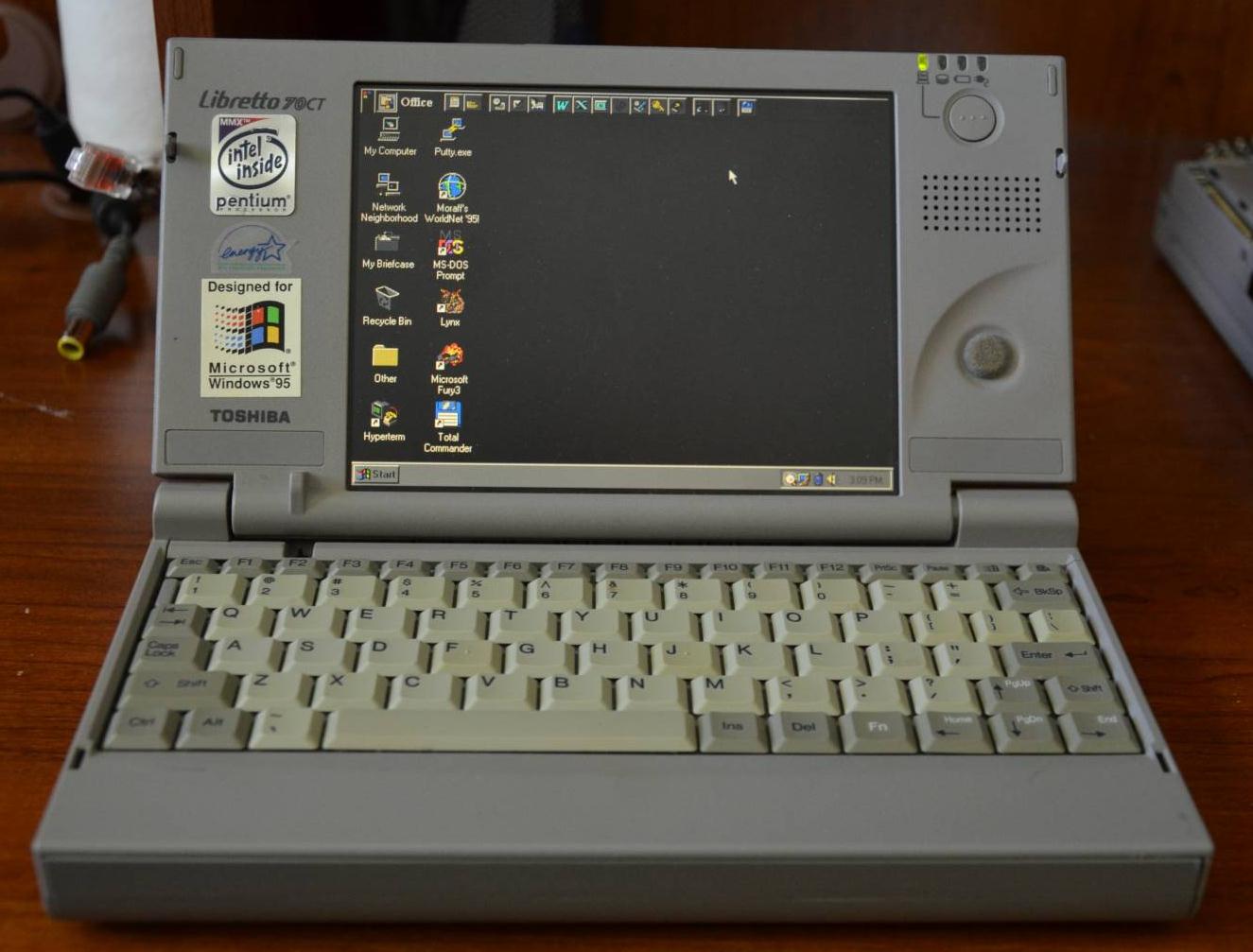


WinCE software (while that has its own limitations, like being WinCE software) is actually likely to be markedly less painful. At best, you might still be able to dig up copies of files and docs that aren't just broken links but that's about it. With the hardware supply dwindling and Android devices cheap and common(or expensive and fairly classy, if you prefer) virtually all the developer, tinkerer, power-user, and other useful people have moved on. Since that time, the sites, documentation, writeups, tools, and projects have substantially rotted. With the right witchcraft, some models could at least display stuff on screen, some 'ran linux' in the sense that a linux kernel running on the device could be made to chat over the USB dock or a serial header but not much else. Peripheral support(especially graphics) was also generally atrocious, makes today's proprietary-blobs-for-one-antique-android-version mobile GPU situation look like some kind of Stallman Valhalla. The onboard flash was usually eccentric enough that you could only run Linux from CF or SD, some devices you still had to boot to WinCE every time and use a program that did some clever memory twiddling to kick the device over to Linux(something like the DOS Linux loaders that had their uses back in the day, though I'm not nearly qualified to discuss the details but the concept and use were similar).

fairly current, available either new or nice and cheap used), the Linux ports were rough. Even back when PocketPC devices were in their 'best case' period for hobbyist tinkering(ie.


 0 kommentar(er)
0 kommentar(er)
